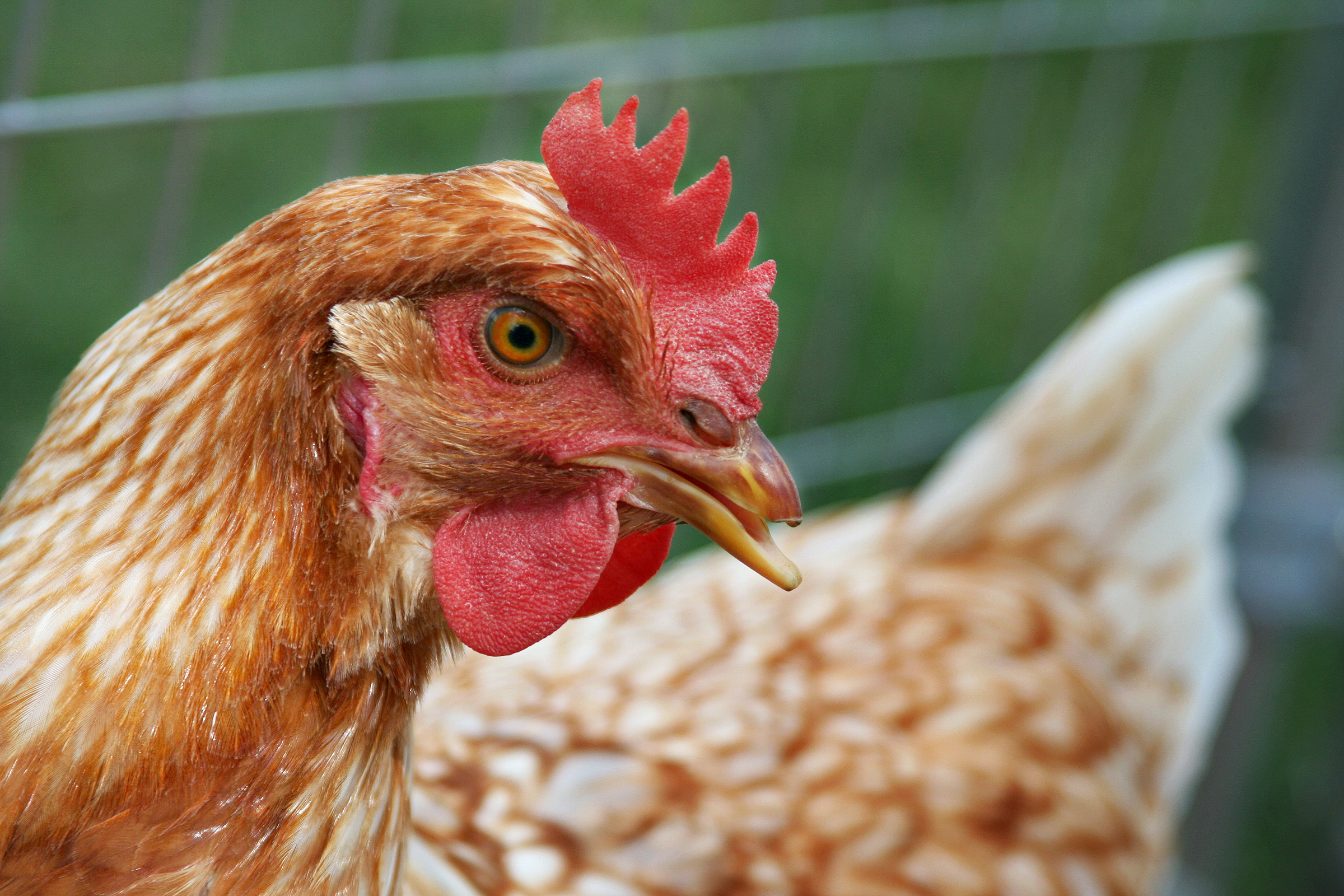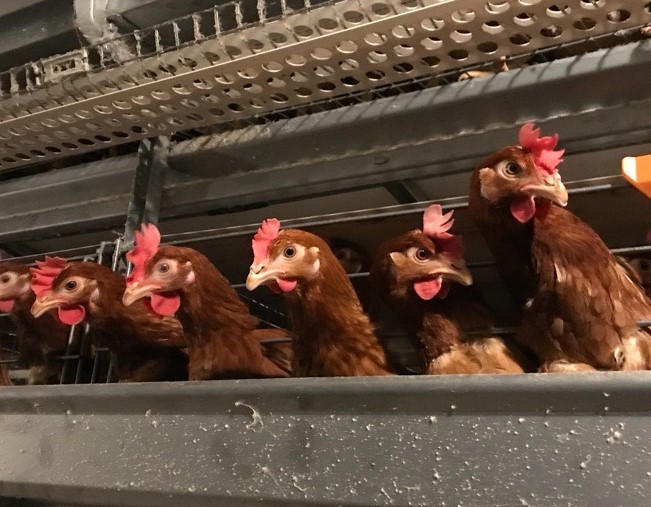Understanding Infrared Beak Treatment in Poultry Farming: A Comprehensive Guide
Poultry farming involves numerous considerations to ensure both the welfare of the birds and the profitability of the operation. One crucial aspect of poultry management is beak treatment, which plays a significant role in maintaining bird welfare and maximizing profitability. In this article, we will delve into what beak treatment entails, how it differs from conventional debeaking methods, and why it's beneficial for both farmers and birds.

What is Conventional Debeaking?
Conventional debeaking, also known as beak trimming, involves removing a portion of the beak using a hot blade or scissors. Often, trimming needs to be repeated later in the bird’s life to blunt the beak.

What is Infrared Beak Treatment?
IRBT is a painless, non-contact procedure in which a small portion of exposed beak tissue is treated with Infrared energy. IRBT is a humane alternative that allows hatcheries greater accuracy, efficiency, and reliability in the beak treatment process. A short burst of light prevents blood flow to the keratin cells in the tip of the beak. The treated tissues become lighter in color than the rest of the beak right after treatment. Within a few days, the necrosis process starts to happen, and the treated tissues slough off after two to three weeks. IRBT effectively suppresses beak regrowth compared to traditional methods, promoting overall bird health and comfort.
Key Benefits of IRBT Include:
- Non-contact – Beaks are treated, not trimmed. This removes the risk for infection, as no open wounds are present.
- Retention of Natural Beak Shape – Early in life, Infrared treated birds benefit from having a fully intact beak. This ensures the most efficient uptake of important nutrients, as the beak shape has not been altered from its natural profile. As the bird matures, treated tissues will gradually soften and erode, allowing the bird to slowly adapt to its new beak profile.
- Reduced Disease, Infection, and Mortality – Mitigating the negative effects of poor flock uniformity, poor performance, and higher mortality due to feather pecking and cannibalism. This method removes the risk of infection, reduces human handling, and allows the birds to eat and drink normally.
- Precise and Consistent Treatment – Configurations designed to provide optimal treatment every time.
- Improved Bio-Security - We eliminate the need for routine debeaking where workers travel farm to farm and spread disease. Our goal is to provide an effective beak treatment in the hatchery that lasts the life of the flock.
- Consultative Approach – Industry expertise, data collection, analysis, and insight to facilitate continuous improvement and discover greater efficiencies.
With IRBT, we prioritize bird welfare and operational efficiency, ensuring a safer and more comfortable environment for our flock.

What benefits are expected from Infrared Beak Treatment at the farm?
Beak treatment offers several benefits to both farmers and birds:
- Improved Bird Welfare – IRBT does not cause trauma or chronic pain during the treatment and eliminates the handling stress caused by initial, and sometimes additional, debeaking at the farm.
- Reduced Injurious Behaviors – IRBT allows the beak to maintain a natural, rounded shape. This prevents injuries and mortality among the flock and promotes a more harmonious environment.
- Improves productivity – IRBT with good chick start practices helps to reduce stress, helps in achieving the ideal growth and development of birds, and allows birds to reach their maximum genetic potential over a long production cycle.
- Minimum Feed Wastage – A good beak profile/shape is very important for adequate feed wastage without spillage. IRBT helps to provide a beak profile which in turn helps to improve FCR by avoiding feed wastage.
